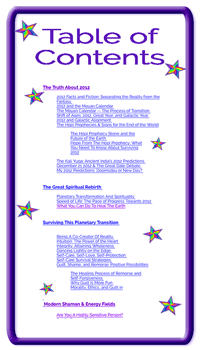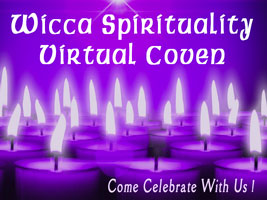Moon Worship In History

|
|
|
|
|
Greek And Roman Moon Goddesses
To the Greeks, She was the Goddess Selene, and later Artemis. To the Romans, Luna, and then Diana. Over time, as the Power of the Goddess was dismantled, She was given different names for each of the phases of the Moon. Thus, Her aspect as the Dark Moon Goddess became Hecate or Persephone, the New Moon Goddess was Artemis/Diana or Kore, and the Full Moon Goddess was Luna or Demeter. Each face of the Goddess Moon is found in Wicca, although every name She is called evokes different qualities. Looking for a clear cut answer, the real name and characteristics of the Moon Goddess? Sorry, no luck! These mythologies evolved and adapted over centuries, and there is necessarily some confusion. Even the translation from one cultural perspective to another creates difficulties. For instance, the Greek Goddess Persephone was called "The Maiden," even though She was known as the dread Queen of the Dead. . . that is, the Goddess of the Underworld. Today, we may take that appellation at face value and see ancient Persephone as a Maiden Goddess. But at the time, I imagine it was a more ironic nickname.The Only Constant Is Change
If there is one constant about the Moon, it is that She is ever-changing. The evolution from one Moon phase to another, dying and being reborn without end, is the signal characteristic of the Moon. Anyone who worships Her also celebrates this cycle. Like a Mandala re-creating itself each month, the Moon is always seen as a source of Creative Energy.Moon Worship in Religions
Perhaps the Moon's crucial contribution to existence is the reason that so many religious celebrations are timed with the Moon, especially the Full Moon. Although Moon worship has long been absent from the world's dominant religions, She still has a subtle influence behind the scenes. Here are just a few examples . . .- Easter Sunday, the most important Christian festival, is celebrated on the first Sunday after the first Full Moon that follows Spring Equinox. This holiday then sets the dates for later festivals.
- Chinese New Year occurs on the second New Moon after Winter Solstice. The Mid-Autumn Festival takes place on the Full Moon of the 8th lunar month. These two holidays are the most important celebrations in the Chinese calendar.
- Jewish Passover is always celebrated at the Full Moon.
- The Hindu festival of Lights, Diwali, takes place at the New Moon when the Sun enters Libra.
With Brightest Blessings,
erin Dragonsong

Return from
Moon Worship
to
Power of Moon










